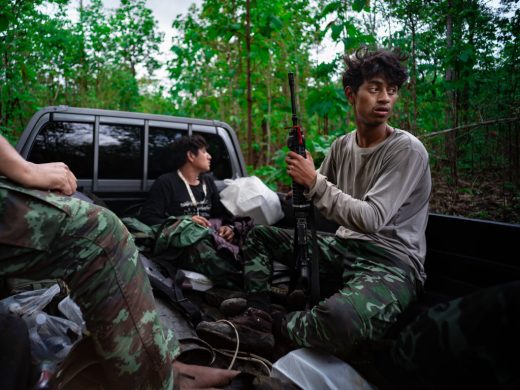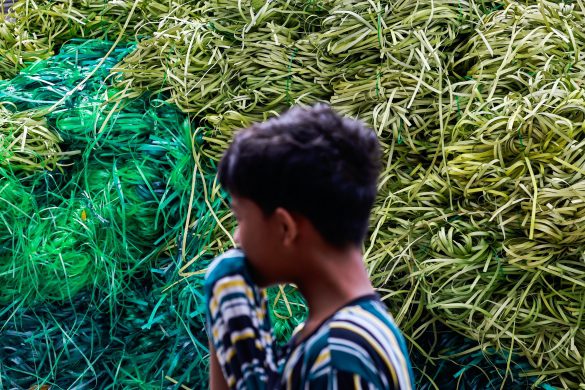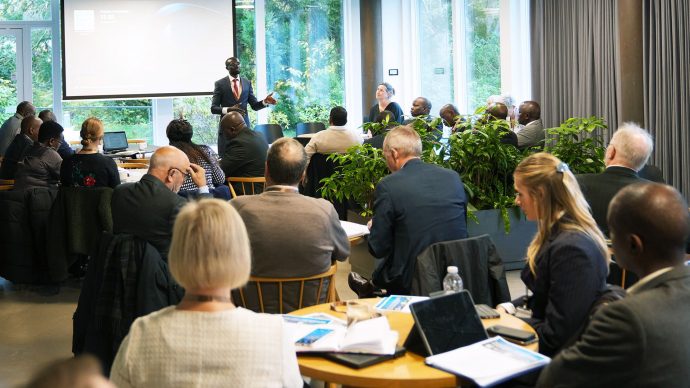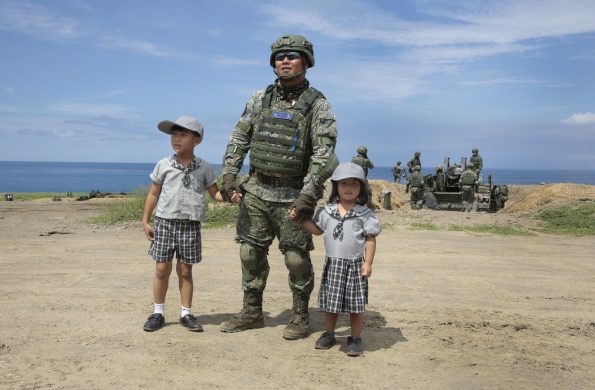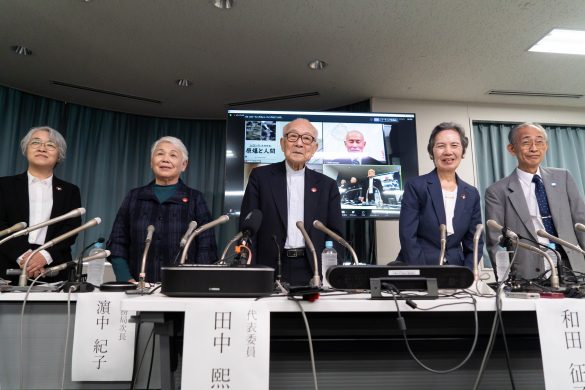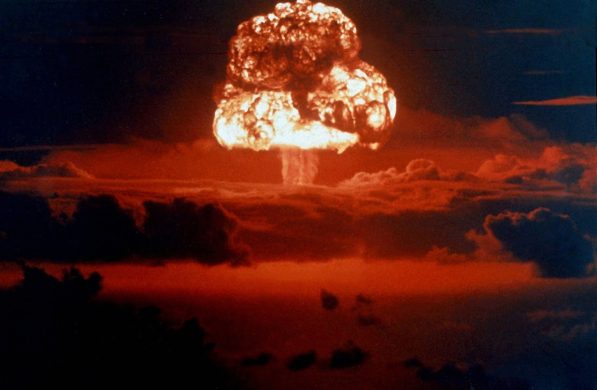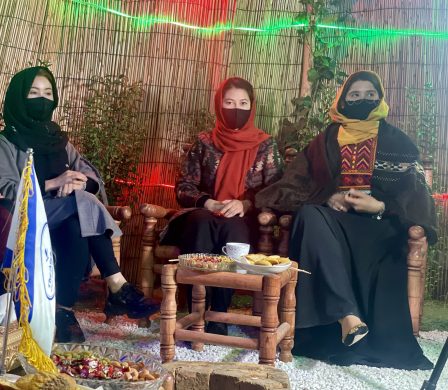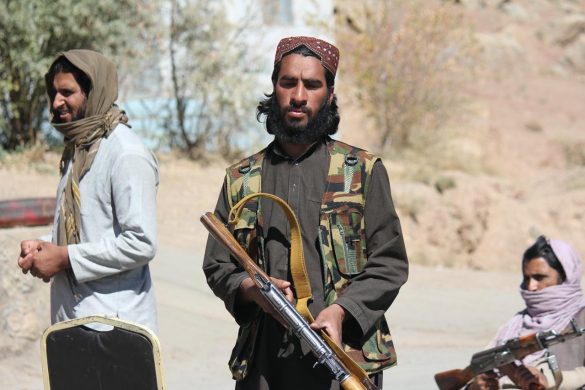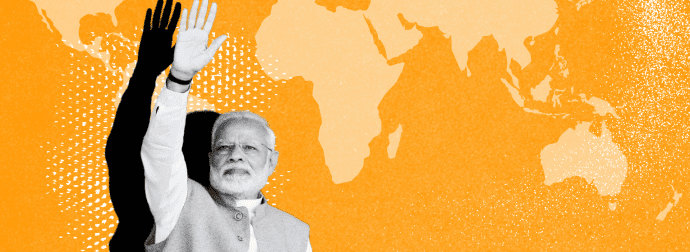After the end of the two-day lull in fighting in northern Sri Lanka, intense fighting – including small arms fire, mortar fire and aerial attacks – has been reported in the so-called no-fire zone, the United Nations said Thursday.
The world body’s top relief official said that the 48-hour ceasefire in clashes between the Government and separatist Tamil rebels was inadequate in easing the plight of more than 100,000 civilians caught up in the conflict.
Over 64,000 people have left conflict areas, with most of them sheltering in camps and some 800 others are seeking treatment in hospitals.
The International Red Cross said it was able to evacuate close to 1,000 people from the no-fire zone, a 14-square kilometre area in the Vanni region, during the 48-hour ceasefire, bringing the number of people evacuated since 11 February to just over 9,000.
A ship carrying more than 1,000 tonnes of humanitarian supplies bound for the no-fire zone is scheduled to depart in three days.
SVÆRE VILKÅR
In the camps in the Vanni region, efforts to construct shelter, clear sites and provide health care, among others, are continuing, but water and sanitation services have been identified as being inadequate.
According to OCHA, the continued use of schools as sites for internally displaced persons (IDPs) continues to strain education services in the district, affecting both uprooted students and host students.
According to UN officials the Liberation Tigers of Tamil Eelam (LTTE) prevented civilians trapped in the no-fire zone from leaving during the ceasefire.
Kilde: www.un.org




